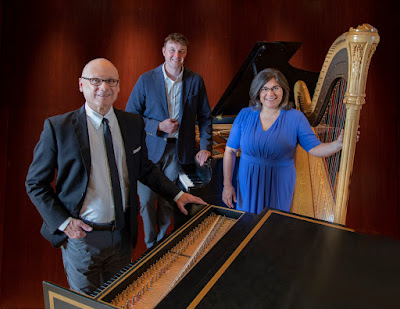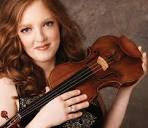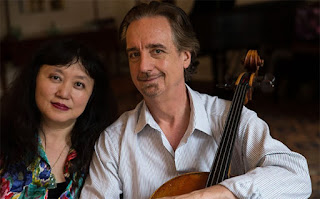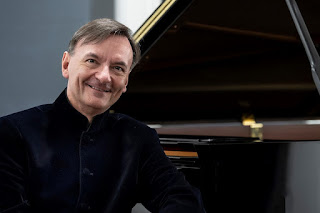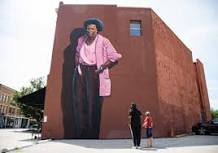-The Rise and Fall of Holly Fudge' teaches that sweets to the sweet are always in season

A discarded euphemism of disappointment and annoyed surprise, once heard among old folks, runs: "Oh fudge!" Mother-daughter bond renewed across identity issues. That usage could serve as a mantra for Phoenix Theatre 's new show, "The Rise and Fall of Holly Fudge." Set in 2020, it's a holiday contraption that vibrates against the rumble of the pandemic and social upheaval, as well as evolving notions of personal identity and its right to thrive. The old-fashioned expletive has the right muttered tones of evasion with which the settled older generation confronts change. Carol, the baby-boomer lead character in Trista Baldwin's contemporary Christmas comedy, finds it necessary to hold on to the high local reputation of the confection she calls "Holly Fudge." Her spacious living room is decorated to the nines for the season, from snow globes to a dazzling tree (upstage center in Lyndsey Lyddan's set for the Phoenix production). The candy'

